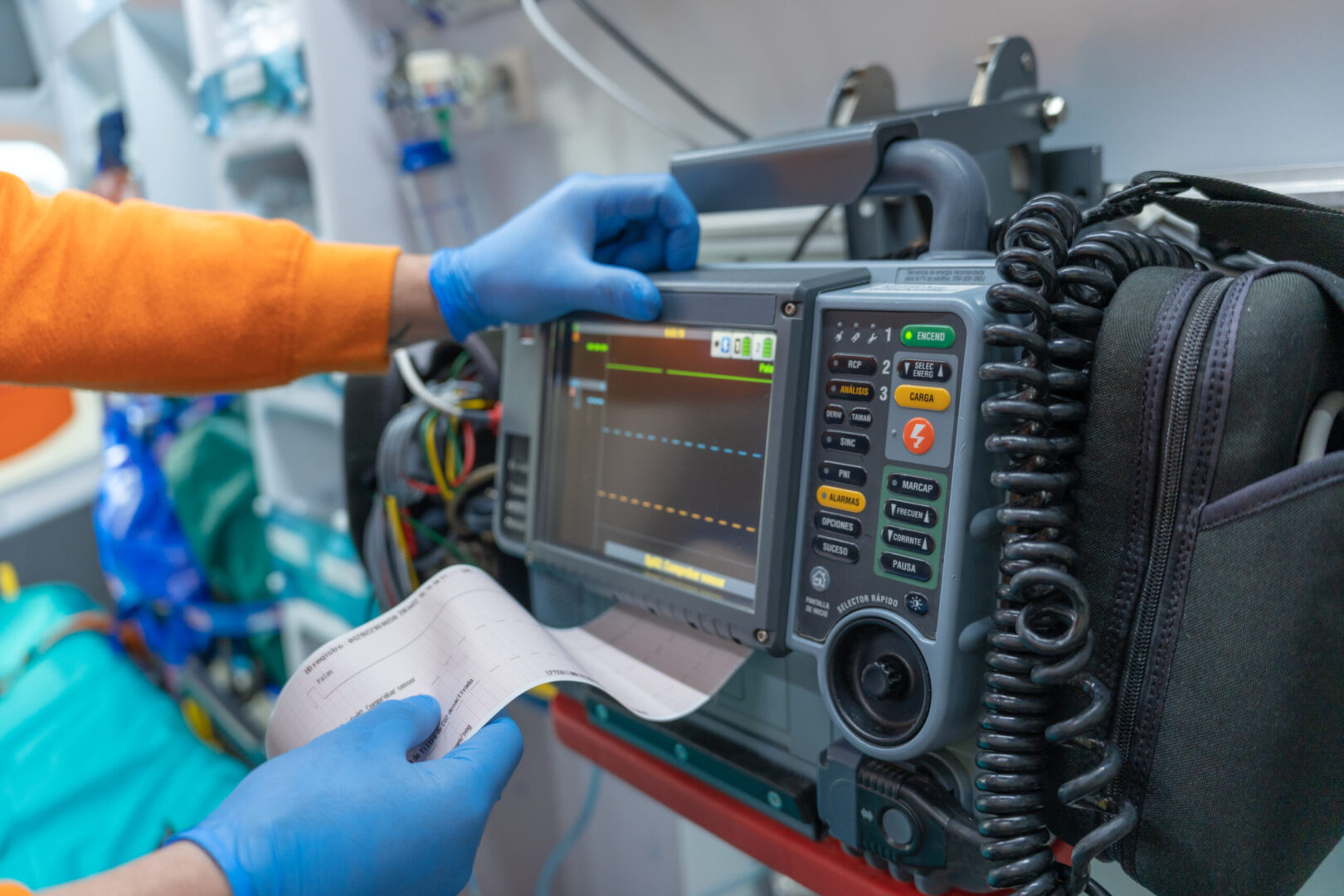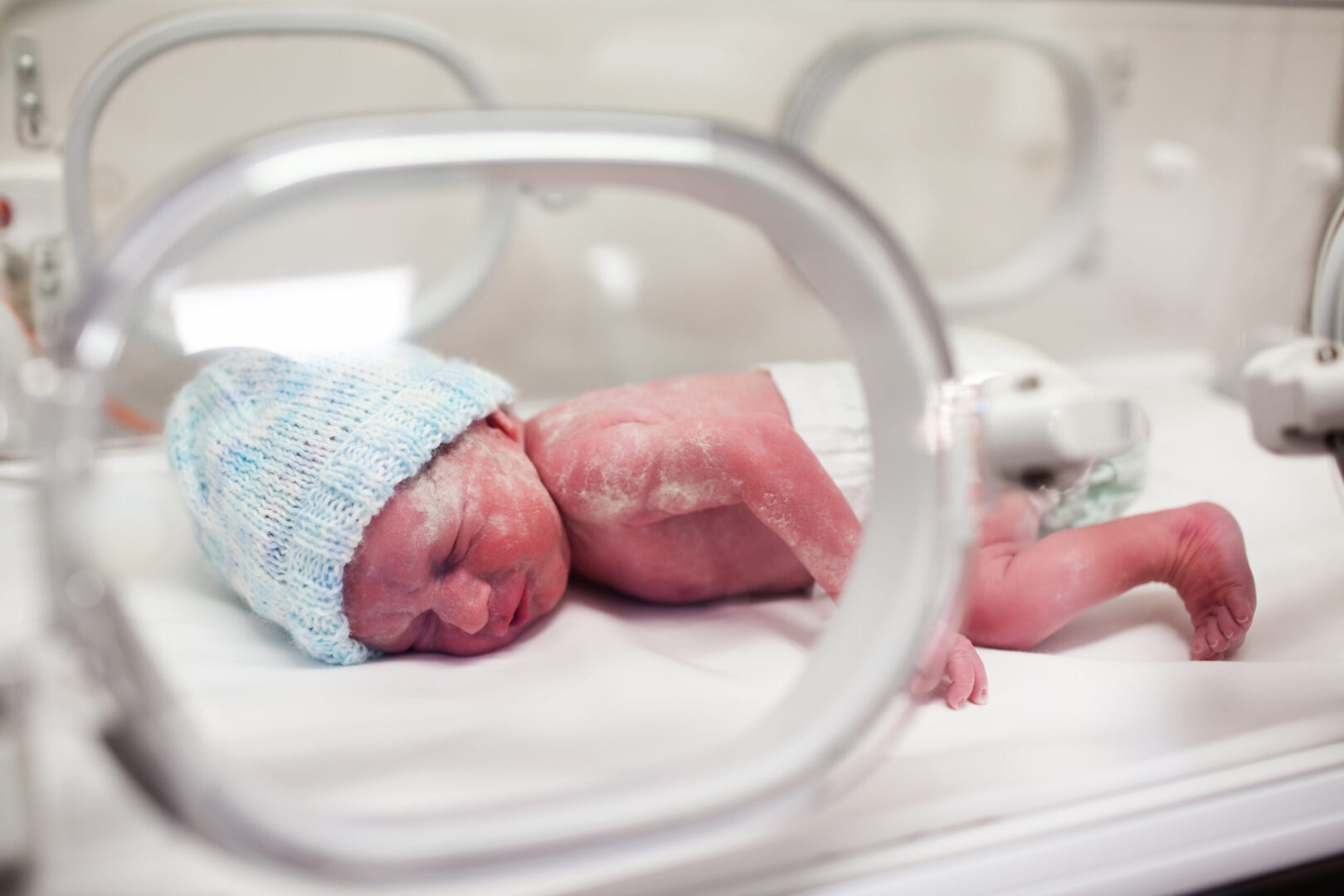Learning objectives
- Understand the impact of preoperative anxiety in pediatric patients
- Management of preoperative anxiety in children with nonpharmacologic methods
- Describe the role of sedative premedication in managing preoperative anxiety in children
- Discuss the considerations for the selection of which premedication to use
Background
- Hospitalization and surgery provoke stress and anxiety in pediatric patients
- Children experience the induction of anesthesia as the most stressful procedure during the entire perioperative period
- Intense levels of anxiety during anesthetic induction are associated with a higher risk of pain (i.e., increased opioid requirements), poor recovery, and emergence delirium
- Preoperative anxiety is also associated with psychological problems and negative behavioral changes in the 2 weeks after surgery, including apathy, separation anxiety, sleeping disturbances, enuresis, and aggression toward authority
- Predictors of anxiety are the age and temperament of the child → anesthetic plan must take these factors into account
Risk factors
- Age <4 years
- Temperament: Shy, inhibited, dependent, withdrawn
- Limited time for preoperative preparation
- Anxious parents
- Previous negative experience with anesthesia or hospitalization
- Multiple previous hospital admissions
- Separation anxiety develops at 6-8 months old
- Age <6 months can be soothed by a surrogate (i.e., nurse or physician)
Management
- Use nonpharmacologic methods for all pediatric patients
- Use pharmacologic methods only in carefully selected pediatric patients
- Avoid pharmacologic methods in children with
- Potential difficult airway
- OSA or central sleep apnea
- Renal or hepatic impairment
- Altered loss of consciousness (LOC)
- Increased intracranial pressure
- Acute systemic illness
- Upper respiratory tract infection
- New or unexplained oxygen desaturations
- Allergies or adverse reactions to proposed medications
- When considering pharmacologic methods
- Ensure patient monitoring
- Have resuscitation equipment available
- Transfer to OR or stretcher bed with portable suction and Ambu bag available, accompanied by a nurse or physician
- Reduced LOC or respiratory depression → protect the airway, support ventilation, and consider naloxone (if opioid given) and flumazenil (if midazolam given)
Nonpharmacologic methods
- Prehospital information and preparation (e.g., information leaflets, books, videos, OR tours)
- Play therapy (e.g., interaction with trained play therapists using visual aids and toys, and accompanying the patient to OR)
- Distraction techniques (e.g., blowing bubbles, toys, videos, and games)
- Engagement with anesthetic equipment (e.g., holding the mask, “blowing up the balloon”)
- Environment adjustments (e.g., lighting, music, minimal extraneous noise, limiting healthcare staff)
- Actively involving parents/caregivers (e.g., parental presence for induction)
- Communication aids (e.g., info about the child’s needs/routines)
- Relaxation techniques (e.g., breathing exercises, hypnosis)
Pharmacologic methods – Sedative premedication
| Drug | Route of administration | Dose | Remarks |
|---|---|---|---|
| Benzodiazepines | |||
| Midazolam | PO | 0.5-0.75 mg/kg, max. 20 mg | Paradoxical agitation in some patients |
| IN | 0.3 mg/kg | Causes stinging | |
| Lorazepam | IV | 0.05-0.1 mg/kg | |
| Temazepam | PR | 0.05-0.1 mg/kg | Preferred in older children |
| PO | 0.025-0.05 mg/kg, max. 4 mg | ||
| PO | 0.3-0.5 mg/kg, max. 20 mg | ||
| Alpha-2 agonists | |||
| Clonidine | PO | 3-4 mcg/kg | Added benefits of reduced need for rescue analgesia, reduced emergence agitation, PONV, and shivering Caution in patients with grade 2 or 3 heart block, hypertension, cardiovascular disease, instability, on digoxin |
| IN | 2-4 mcg/kg | ||
| Dexmedetomidine | PR | 2.5-5 mcg/kg | |
| IN | 1-2 mcg/kg | ||
| NMDA antagonist | |||
| Ketamine | PO | 5-8 mg/kg | Hallucinations and increased secretions can occur, emergence delirium, and PONV; IM ketamine is reserved for older uncooperative children with developmental problems |
| IM | 4-6 mg/kg | ||
| IV | 0.5-1 mg/kg | ||
| Opioids | 0.2 mg/kg, max. 10 mg | Risk of respiratory depression | |
PONV, postoperative nausea and vomiting; PO, per oral; PR, per rectal; IN, intranasal; IM, intramuscular; IV, intravenous.
Keep in mind
- Preoperative anxiety in pediatric patients is associated with adverse clinical and behavioral outcomes
- Multiple techniques may be valuable in managing preoperative anxiety
- Consider the need for sedative premedication during the preoperative assessment of every child
- Many factors influence the choice of premedication, including the pharmacological profile, possible adverse effects, and presence of comorbidities
Suggested reading
- Eijlers R, Staals LM, Legerstee JS, et al. Predicting Intense Levels of Child Anxiety During Anesthesia Induction at Hospital Arrival. J Clin Psychol Med Settings. 2021;28(2):313-322.
- Heikal S, Stuart G. Anxiolytic premedication for children. BJA Educ. 2020;20(7):220-225.
- Dave NM. Premedication and Induction of Anaesthesia in paediatric patients. Indian J Anaesth. 2019;63(9):713-720.
We would love to hear from you. If you should detect any errors, email us customerservice@nysora.com







